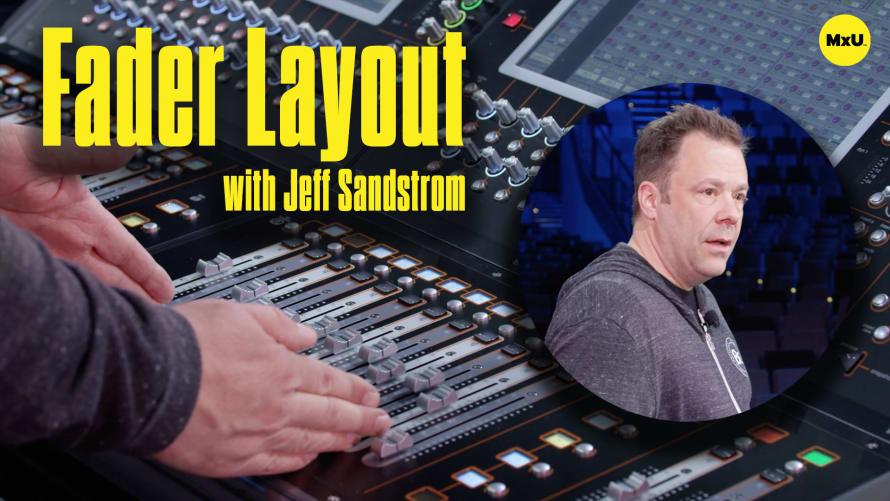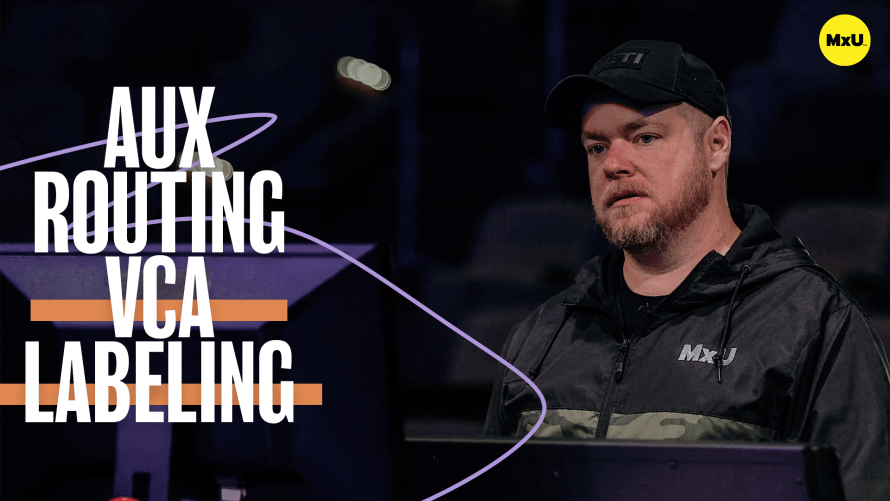Bussing Overview with Jeff Sandstrom


Continue watching
Sign up to continue watching Bussing Overview with Jeff Sandstrom
Pricing
Starting at $19.95 /mo
More in MxU
Jeff Sandstrom dives into the fundamental concept of bussing. Gain insights into the practical application of bussing, with it’s simplicity and versatility.
Key Points:
- Bussing routes audio signals from inputs to outputs within a console. It enables audio engineers to effectively manage signal flow and distribution.
- In its simplest form, bussing entails assigning an input signal to an output. For example, routing channels to the left-right bus for stereo output.
- Busses can take various forms, including aux sends, subgroups, and matrices. Each form serves specific routing purposes to facilitate signal processing and distribution.
- Parallel bussing allows a signal to go to many places at once. It also lets a single source be processed in different ways.
- Setting up bussing on a console involves configuring aux sends, subgroups, or matrices to route signals. This sends audio to desired destinations like effects processors or additional processing groups.
- Simplifying signal paths can reduce complexity. Avoiding unnecessary bussing configurations can minimize the risk of technical issues. It can also reduce troubleshooting challenges.
- Prioritize simplicity in signal routing and bussing setups. This will ensure reliability and ease of operation. Only add busses when specific signal routing requirements make them necessary.
Topics
Categories
Audio
301
Nothing added









